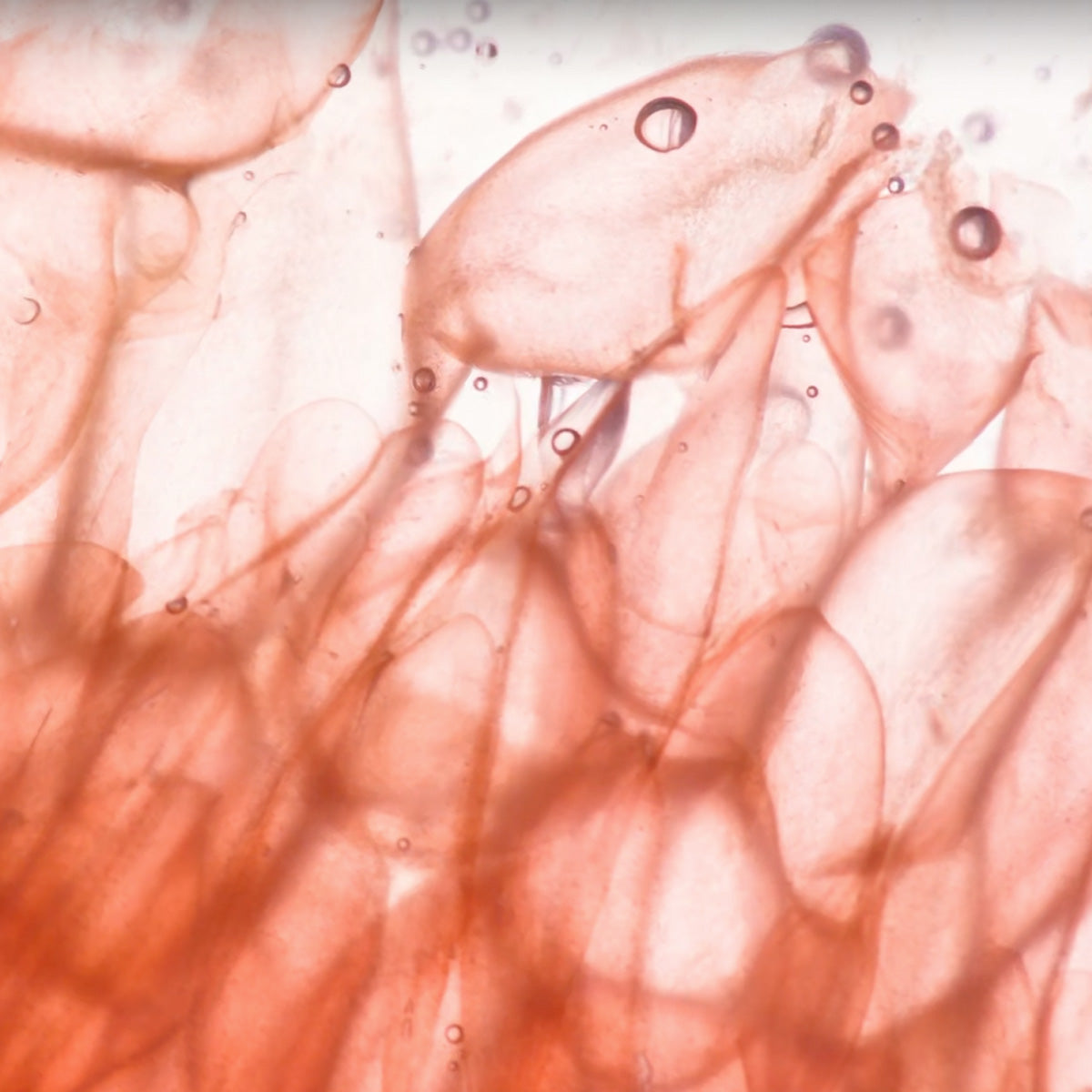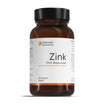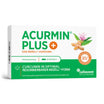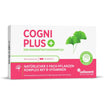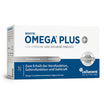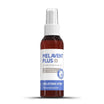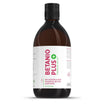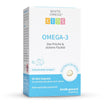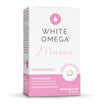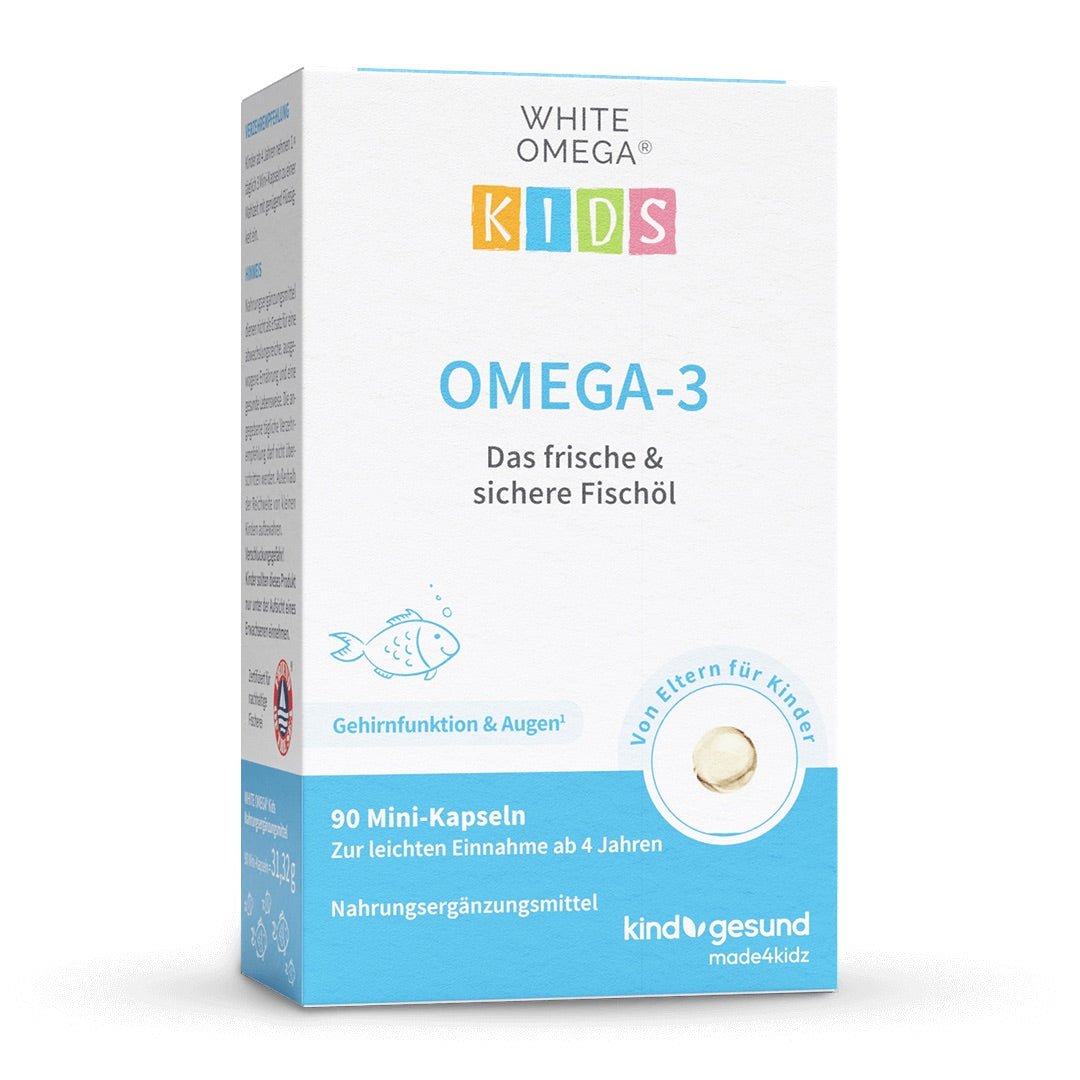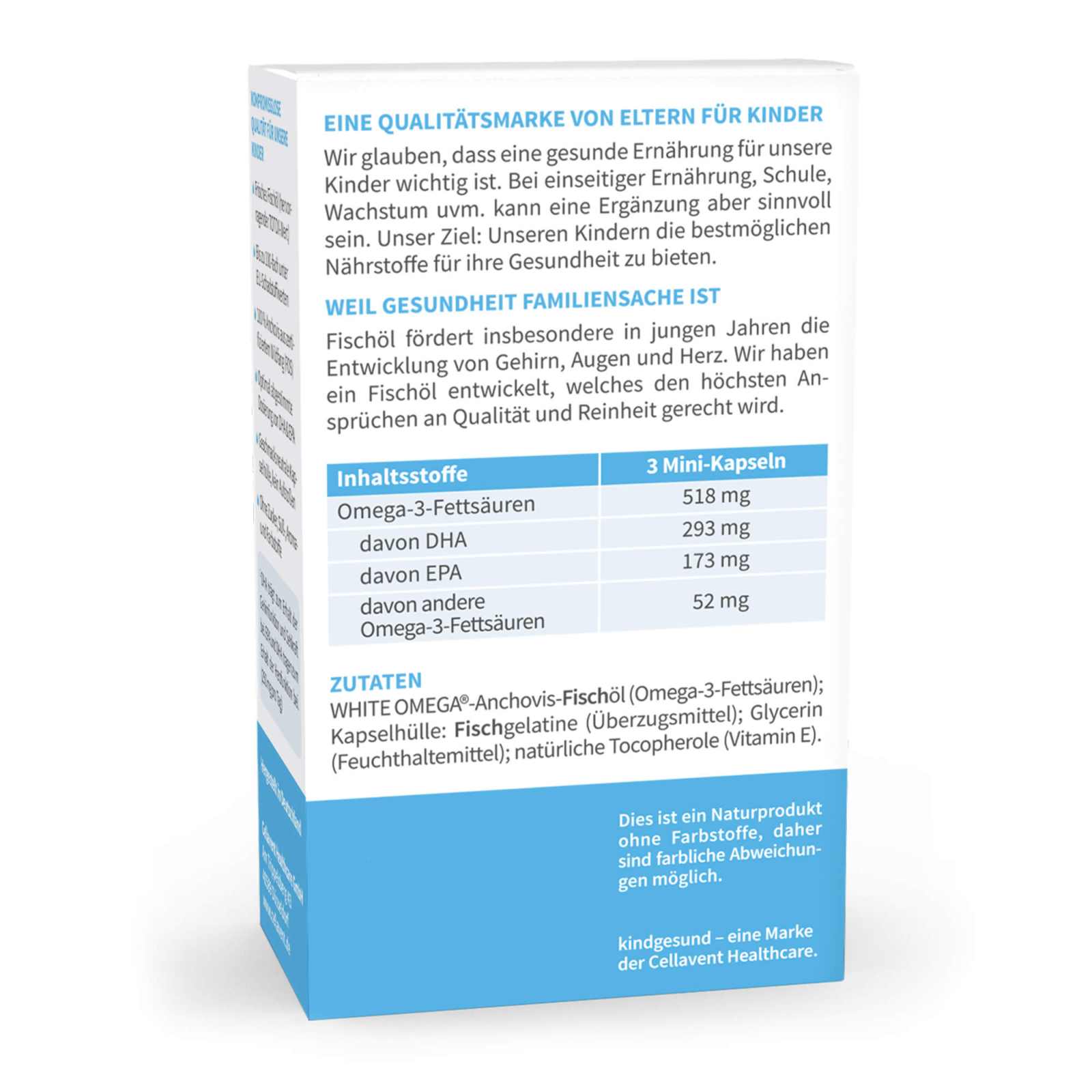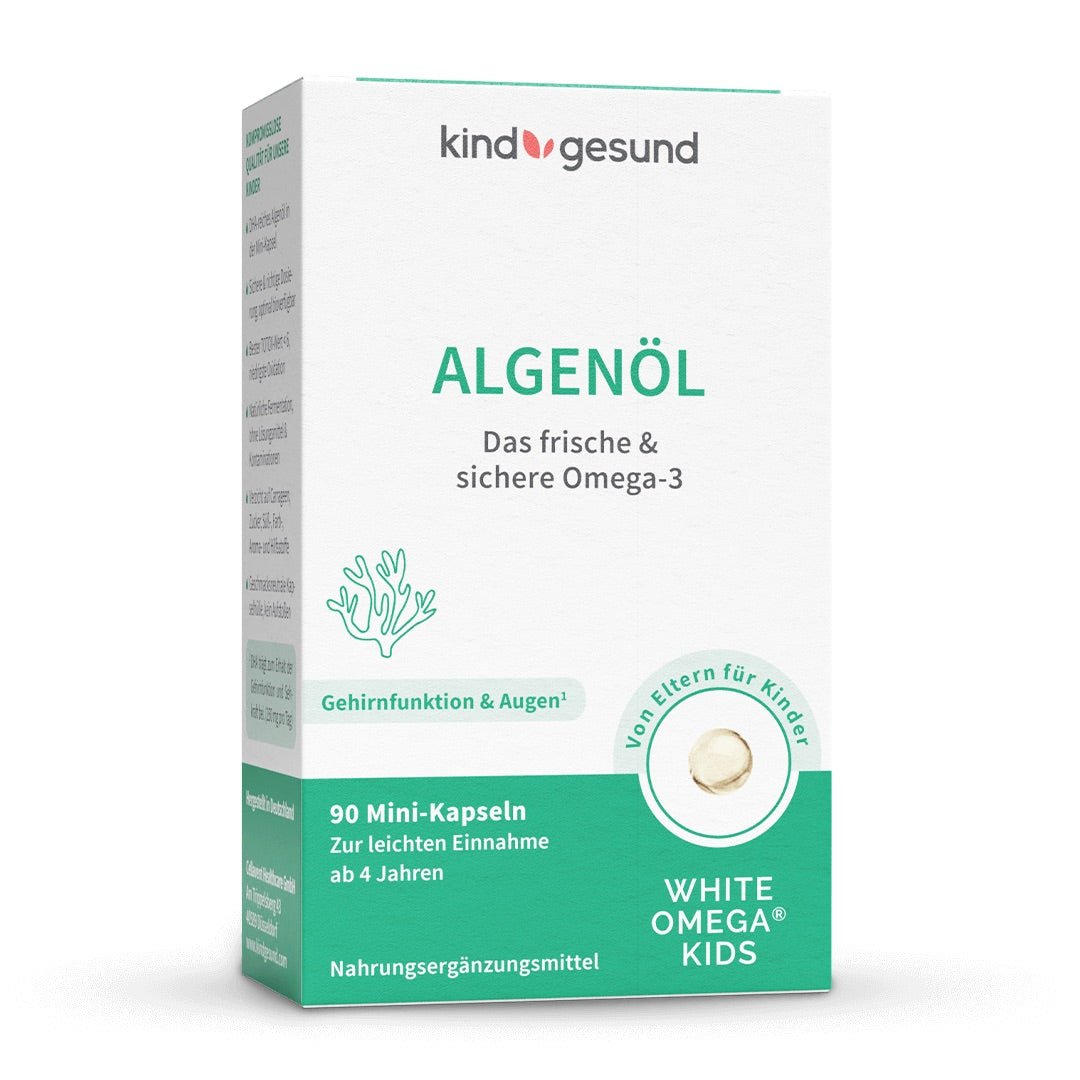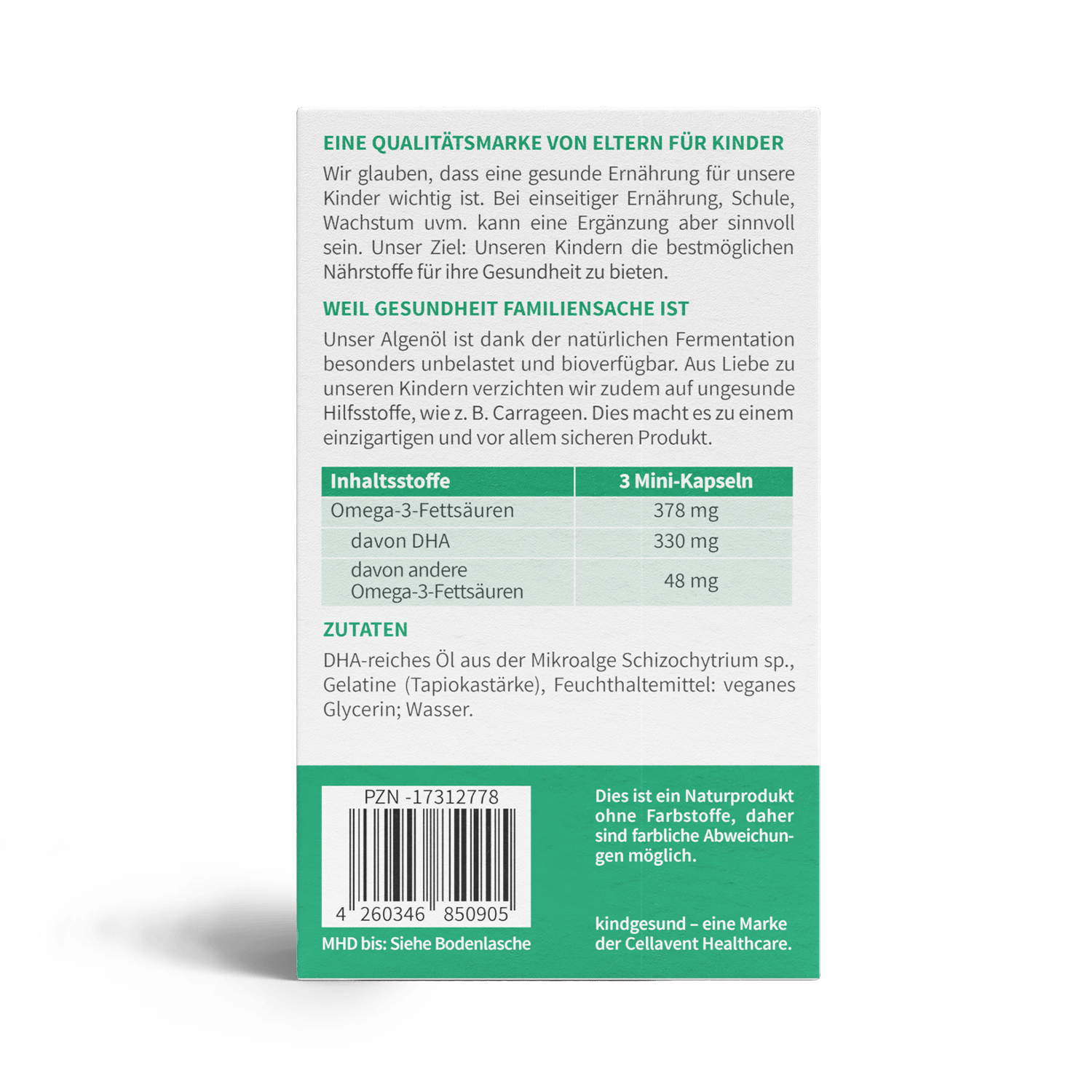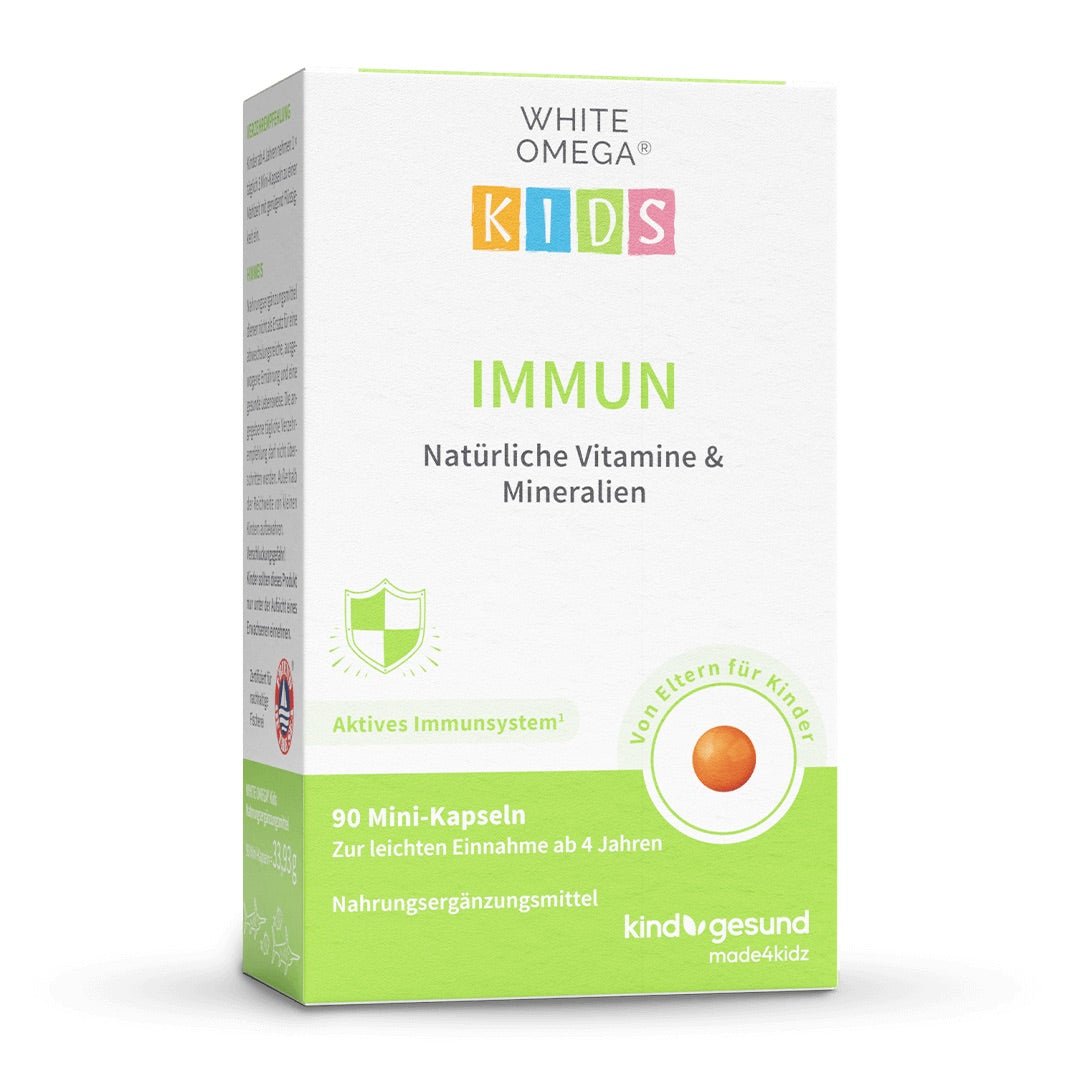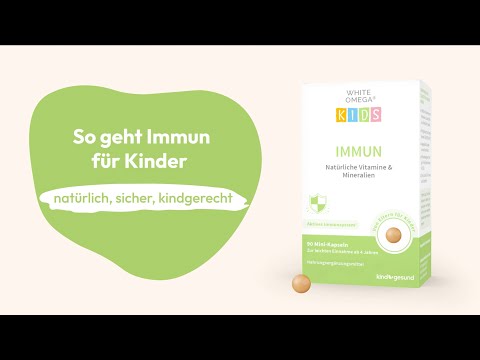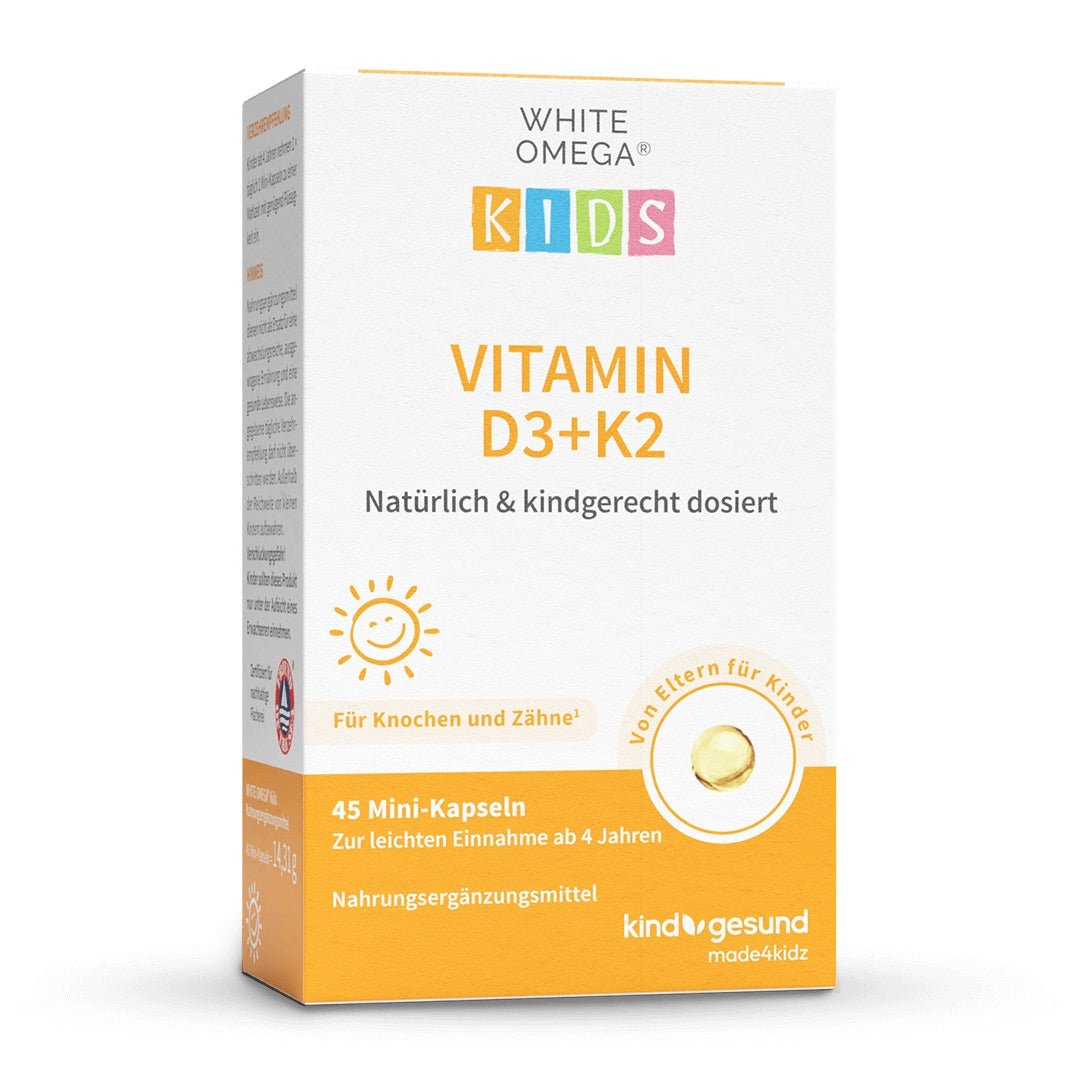Getting through the cold season without a cold is almost a miracle! At some point between St. Martin's Day and New Year's Eve, most families get it - especially those who have just gotten used to the waves of viruses in kindergarten. If the viruses target mom or dad, it really disrupts everyday family life. But when the little ones get it and their persistent cough turns night into day, parents ask themselves the question: "Is it just a cold or do we need to go to the pediatrician? Will bed rest and tea help? Or does my child need antibiotics?" We give an initial overview of the types of colds. Below we explain symptoms, present useful home remedies for children to relieve the symptoms, and have tips on how to prepare your child for the cold season with good precautions.
Cold, flu, flu-like infection – all the same?
First of all, the most important thing: When it comes to assessing your child's health, the intuition of parents or guardians plays an important role. You know your child best and your gut feeling is often the right one. A valid diagnosis can only be made by a pediatrician!
The cold and the flu are similar. Both are viral respiratory diseases with similar symptoms. However, the flu, also known as influenza, is usually more intense and is caused by different pathogens than the common cold. Many people still have the false belief that the flu is a third form of the common cold. In reality, however, it is a synonym for the common cold. The flu and the common cold mean the same thing.

These are the differences
If your child has caught one of the more than 200 types of cold viruses, the symptoms are usually mild and creeping. The cold or flu often begins with a scratchy throat. This is followed by a slight headache and a moderate fever (under 38.5 °C). The nose runs. A runny nose occurs in eight out of ten cases and is the most common sign of a cold. Other typical signs are difficulty swallowing, a dry cough or a barking cough that causes sleepless nights. Your child may also feel mildly tired or shiver. After a few days, there is a noticeable improvement and after about a week the problem is over.
The "real" flu is also transmitted by viruses. However, it is not one of the colds. Unlike the flu, it does not appear gradually, but suddenly and with severe symptoms. From one moment to the next, the fever rises to over 38.5 °C and lasts for three to four days. A dry cough accompanies the flu right from the start. The limbs hurt a lot, as does the head. Your child feels tired and weak, and sleeps a lot. A runny nose and sore throat are also possible with the flu, but less often than with the cold. The child can feel really ill for five to seven days. Sometimes the symptoms last two weeks or longer. This is especially true for fatigue.
"And how do I recognize corona in children?" This is a question that is rarely asked these days when a child starts coughing or complains of a sore throat. Fortunately, according to the Robert Koch Institute, the majority of children show an asymptomatic or mild course of the disease. If symptoms do occur, they are usually coughing, fever and a runny nose. Sore throats are not included.
“The cold won’t go away – do we need to go to the pediatrician?”
Since every illness is different, there is no one-size-fits-all answer to this question. According to the Professional Association of Pediatricians, it is at the latest when your child has been coughing or getting hoarse for more than two weeks. It is also high time if your child complains of breathing difficulties or pain and has a high fever. In any case, you should seek medical advice as soon as the cough mucus turns yellow or looks reddish, as if it contains blood. Only the doctor can assess whether other illnesses such as pseudo croup or bronchitis are present.
“How can I help my child now?” – Home remedies for colds
There are no medications that fight the viruses that cause colds. Nevertheless, the options for fighting cold symptoms are endless - from cough syrup to globules, medicines and even homeopathy. One thing is certain, there is only one way: through it! But every family has to find the right way for themselves. Two things should be part of every cold treatment: bed rest and tea. For your child, you should make sure that the teas do not have a bitter aftertaste and are organic. For colds, for example , Organic Thymewell Tea is suitable. If the little ones have been coughing half the night again, Organic Breastwell Tea can help. The herbal tea mixture of thyme, ribwort plantain, fennel, elderberry and silver linden blossoms has a regenerating effect. If you want to sweeten your tea, you should use Manuka honey . This is also a popular home remedy for colds.
Preventing colds in children
Unlike the flu vaccination, there is no vaccine against the many cold viruses. The best way to prevent this is to strengthen the immune system. Regular exercise outdoors supports the immune system, as does a diet rich in vitamin C. If you want to increase your child's nutrient supply during the cold season, you can use nutritional supplements specifically for children. Vitamin D3+K2 capsules , for example, support bones, teeth and the immune system in the correct and safe dosage for children.
Sources:
- (1) Pediatricians and adolescent doctors online: Cold (influenza), https://www.kinderaerzte-im-netz.de/krankheiten/erkaeltung-grippaler-infekt/ [13.01.2022].
- (2) Pharmacy Review: Is it the flu or a cold?, https://www.apotheken-umschau.de/krankheiten-symptome/infektionskrankheiten/ist-es-eine-grippe-oder-erkaeltung-743413.html [13.01.2022].
- (3) Health Knowledge Foundation: Cold or flu? That is the difference, https://www.stiftung-gesundheitswissen.de/wissen/erkaeltung-oder-grippe/das-ist-der-unterschied [13.01.2022].
- (4) Robert Koch Institute: Epidemiological profile of SARS-CoV-2 and COVID-19, https://www.rki.de/DE/Content/InfAZ/N/Neuartiges_Coronavirus/Steckbrief.html;jsessionid=D936AD715F0E65A4C0FE6F610EFAFA94.internet101?nn=13490888#doc13776792bodyText17 [13.01.2022]


